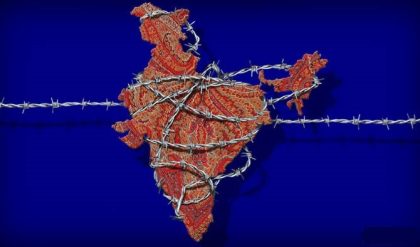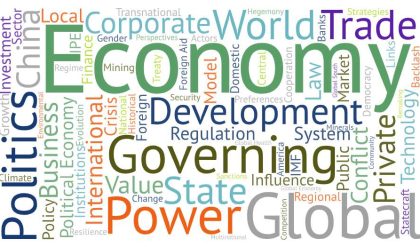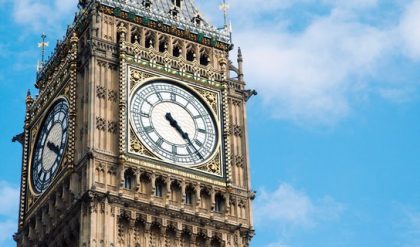An economy is a system whereby goods are produced and exchanged. Without a viable economy, a state will collapse. There are three main types of economies: free market, command, and mixed. The chart below compares free-market and command economies; mixed economies are a combination of the two.

In Free-Market Economies, which are essentially capitalist economies, businesses and individuals have the freedom to pursue their own economic interests, buying and selling goods on a competitive market, which naturally determines a fair price for goods and services.
Command Economies
A Command Economy is also known as a Centrally Planned Economy because the central, or national, government plans the economy. Generally, communist states have command economies, although China has been moving recently toward a capitalist economy. In a communist society, the central government controls the entire economy, allocating resources and dictating prices for goods and services. Some noncommunist authoritarian states also have command economies. In times of war, most states—even democratic, free-market states—take an active role in economic planning but not necessarily to the extent of communist states.
Example: During World War II, the United States largely took control of the American economy, forcing businesses to build tanks, planes, and ammunition instead of normal consumer goods. Supplies were also rationed. For example, to buy more toothpaste, people were obliged to return the empty tube because metal was in short supply.
Inefficiencies of Command Economies
Command economies are often very inefficient because these economies try to ignore the laws of supply and demand. In most cases, a black market arises to fill the demands overlooked by the central plan. Economic growth overall is often slower than in states with free markets. Some command economies claim to act to promote economic equality, but often the elites in the government live far better than others.
The Triumph Of Capitalism
Although command economies were once considered viable alternatives to free-market capitalist economies, poor economic performance in countries with planned economies proved that capitalism was much more efficient. The former Soviet Union’s centrally planned economy performed so poorly, for example, that the government literally collapsed in 1990–1991. North Korea’s command economy also failed completely more than a decade ago, causing rampant starvation, which has been alleviated only by international food donations. Chinese leaders, in contrast, recognized more than twenty years ago that the centrally planned economy could not meet their nation’s needs, which is why they have privatized agricultural production and many other industries. China has since legalized the ownership of private property and courted massive amounts in foreign investments, despite the fact that the state remains severely authoritarian.
Mixed Economies
A Mixed Economy combines elements of free-market and command economies. Even among free-market states, the government usually takes some action to direct the economy. These moves are made for a variety of reasons; for example, some are designed to protect certain industries or help consumers. In economic language, this means that most states have mixed economies.
Example: Agricultural subsidies, which exist in many countries (including the United States), are a common way governments intervene in the economy. In some cases, these policies are designed to keep food prices low without bankrupting farmers. In other cases, they work to protect domestic agriculture. Even the price of milk is strongly influenced by government policy in the United States.






Comments are closed.